There are many factors to consider when buying a new phone, but for most people the crucial element is price. Are you willing to shell out over $1,000 on the latest and greatest flagships? Perhaps a $400 mid-range champion takes your fancy? Or maybe you want something that simply gets the job done.
To help you make your decision, we’ve collected together the top handsets from several different price ranges, explaining their best features and what makes them great buys.

Best Value Smartphones
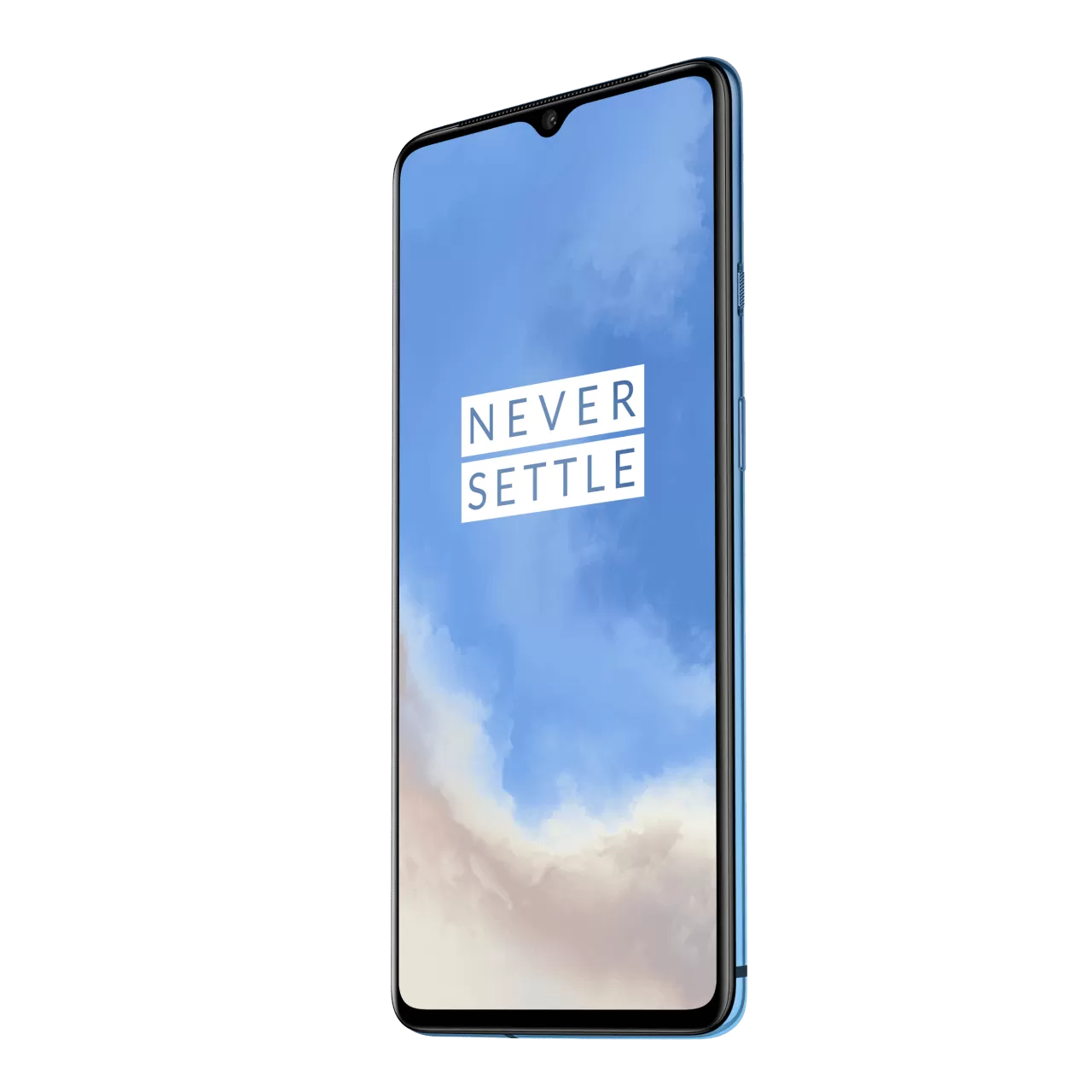
The excellent OnePlus 7T is now available for just $399. That gets you a phone with a large 6.55-inch AMOLED screen and 90Hz refresh rate that is usually reserved for premium handsets.
The OnePlus design is modern and well executed, showing a small teardrop notch for the front-facing camera with minimal bezels. There’s a fast processor inside (Snapdragon 855 Plus, 8GB RAM) running OxygenOS, a modified version of Android 10 that is praised by owners as it’s very close to stock Android with some useful additions.
The OnePlus 7T gets a main 48-megapixel camera with OIS and two more 12MP telephoto and 16MP ultra-wide lens on the back. In the front, a 16MP front facing camera. So you get all the array of options, however most critics agree that photos are not nearly as good as those taken by top iPhones, Huawei and Google phones.
The in-screen fingerprint reader is excellent, you get 128 GB internal storage, but no option to expand it. The OnePlus 7T lacks wireless charging, water resistance, and a headphone jack. But there’s a reason why this was regularly voted one of the best smartphones of 2019 and it’s found a new breath of life at $449 (it’s now down to $399, making it a killer value).
Why iPhone SE
The iPhone SE is a well rounded phone with impressive specs for the price, however it’s on the smaller side for some users. At just $400 for the base model, Apple has proven its handsets don’t always come with a sky-high price tag and marks the lowest barrier of entry for users who simply want an iPhone and nothing else.
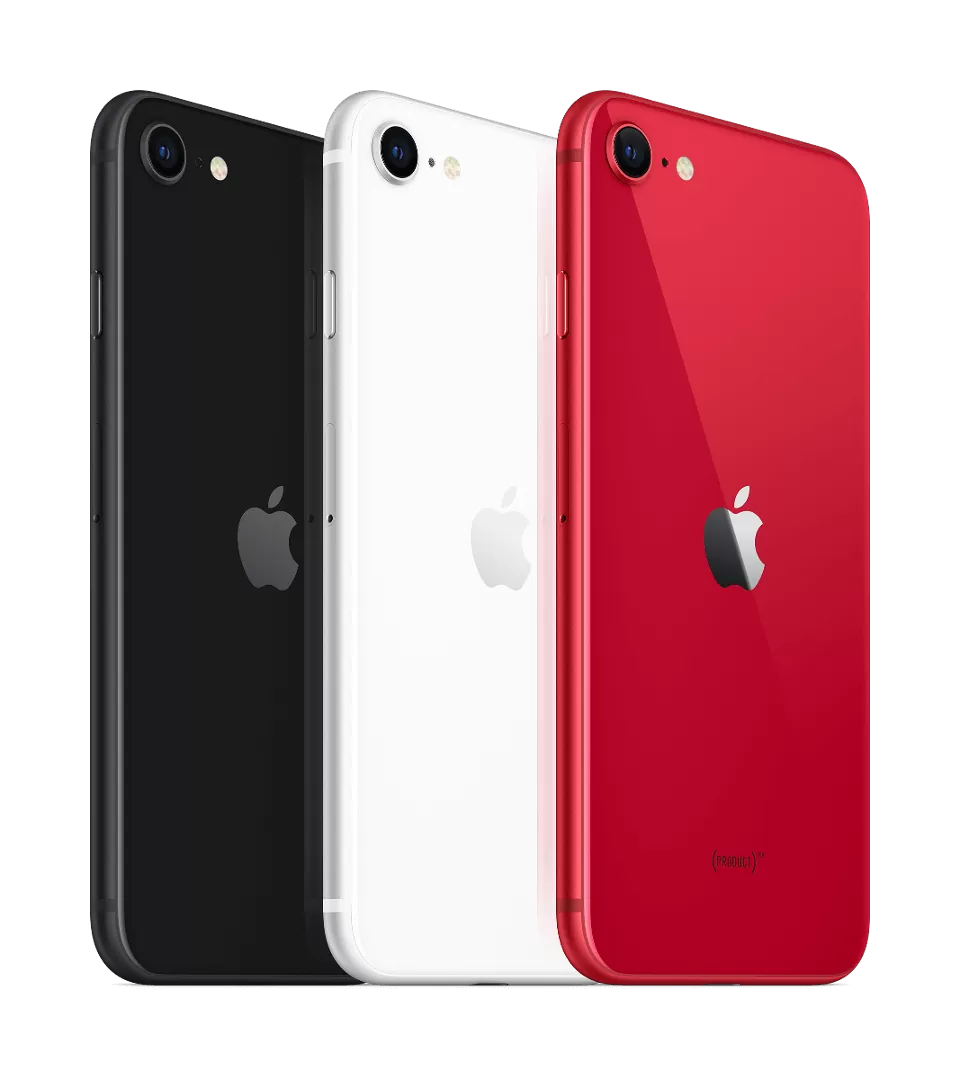
The SE is strikingly similar to the old iPhone 8, featuring a small 4.7-inch Retina HD (1,334 x 750, 326ppi) LCD display, a 12MP single lens camera, and a near-identical chassis. But there are significant differences inside. The iPhone SE comes with the same A13 SoC as the iPhone 11, that means you get flagship-level performance at a mid-range phone price, and the camera has been boosted with improved image processing. The iPhone SE can take some amazing shots, and there are several new features such as portrait mode for the selfie cam, depth control, and Smart HDR.
Other iPhone traits are all here: great build quality, water resistance, wireless charging, impressive display (despite the lower resolution), and the usual software and OS support/updates. It’s also surprisingly loud. With modern smartphones embracing larger screens, that 4.7-inch display will be small for some, and the 3-year-old design does look a bit out of place in a bezel-less world. But still, for most users, it should prove a great phone that opens the iOS ecosystem for less.
Google’s Pixel 4a starts at $349
The new Google Pixel 4a brings an overall solid package with an excellent camera (again). The Pixel 4a remains a compact phone with decent specs, pure Android, and good battery life.
Now debuting at $350, the 4a modernizes the Pixel smartphone family with an all-screen display (complete with a hole-punch cut out for the selfie camera), and a sleeker, rounder design. the Pixel 4 ships with a mid-range Snapdragon 730G SoC and 128GB of internal storage.
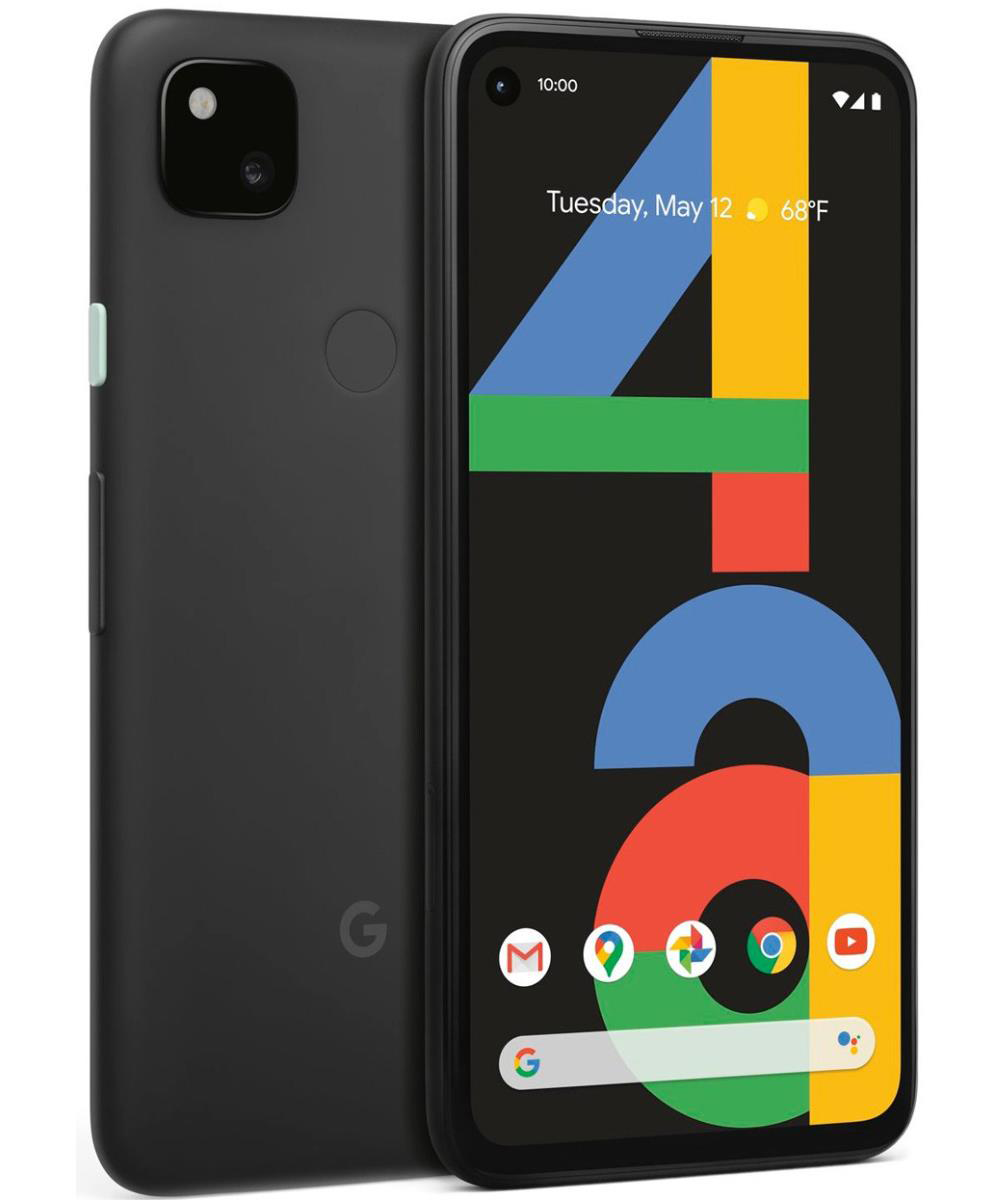
The 5.8-inch OLED display with a standard 60Hz refresh rate is pretty decent at this price point. It doesn’t support wireless charging, nor is it water resistant, but it partially makes up for those losses by including a 3.5mm headphone jack — these ports are becoming harder and harder to come by on modern devices, so it’s nice to see one here.
The Pixel 4a doesn’t come in different colors either, so the basic “Just Black” color scheme is all you’ll get. All in all, what the Pixel lacks in extras, makes up for with solid software and camera performance.
Best of the Best
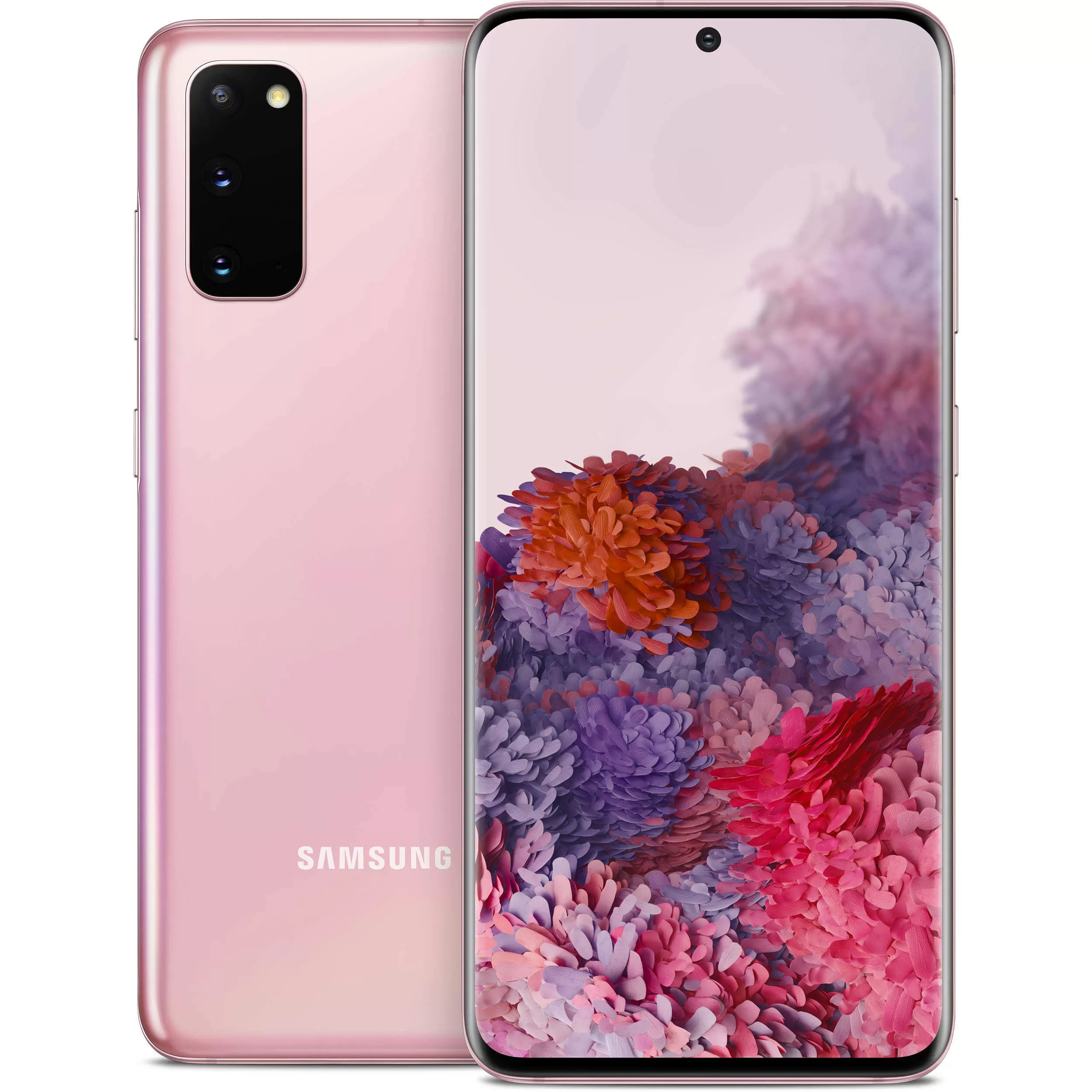
If you want the best and most premium Android smartphone on the market, get the Samsung Galaxy S20+. This latest entry in the S-series has plenty of cutting-edge features including 5G, a triple (S20) or quad (S20+) camera setup with a 64MP telephoto lens, Snapdragon 865 SoC, up to 12GB RAM, in-display ultrasonic fingerprint sensor, and an AMOLED screen that refreshes at 120Hz.
Since launch Samsung has lowered the price of the Galaxy S20 to $799 for the standard model, and $999 for the S20+. That’s premium pricing for a flagship phone, but it renders many other high-end alternatives obsolete and gives it an edge when competing with the iPhone.
The 120Hz OLED display is one of the Galaxy S20’s highlights. While it can’t run this at full 3,200 x 1,440 resolution, downscaling to Full HD+ (2,400 x 1,080) still looks amazing and is totally worth using.
Even the iPhone 12 Pro models that arrived months after the Galaxy have not matched the display quality of the S20 series. As is usually the case with Samsung’s flagships, the 6.2-inch screen is simply spectacular. The camera, meanwhile, lets you capture high-quality 3x lossless optical zoom shots, and can reach 30x. You also get a 10 MP front-facing camera with ƒ/2.2 apertures, and the ability to capture 8K video at 24 fps.
Battery life is pretty good thanks to the S20’s 4,000 mAh and the S20+’s 4,500 mAh units—even more if you switch to 60Hz mode. Both phones are 5G ready, too, making them futureproof, though a lackluster record of slow software updates is a real shame. Picking between the Galaxy S20 and S20+ depends on whether you’re happy to pay around $200 more for an extra 0.5 inches of screen, a larger battery, and a VGA time-of-flight sensor.
Flagship iPhone
Apple iPhone 12 Pro Max
The iPhone 12 Pro (6.1-inch) and 12 Pro Max (6.7-inch) have received a design refresh with a blockier yet svelte look, powered by Apple’s latest A14 Bionic SoC that is both powerful and efficient. It features six CPU cores and four GPU cores, built on a 5nm manufacturing process.
The new iPhone 12 Pro and Pro Max support 5G connectivity (sub-6GHz and mmWave) out of the box, and as it’s usually the case with these yearly releases, they bring the best possible combination of technologies in an iPhone, but you will have to pay for the privilege. In addition to the larger display, the 12 Pro Max also gets a bigger battery and thus it’s longer lasting (and our preferred model between the two).
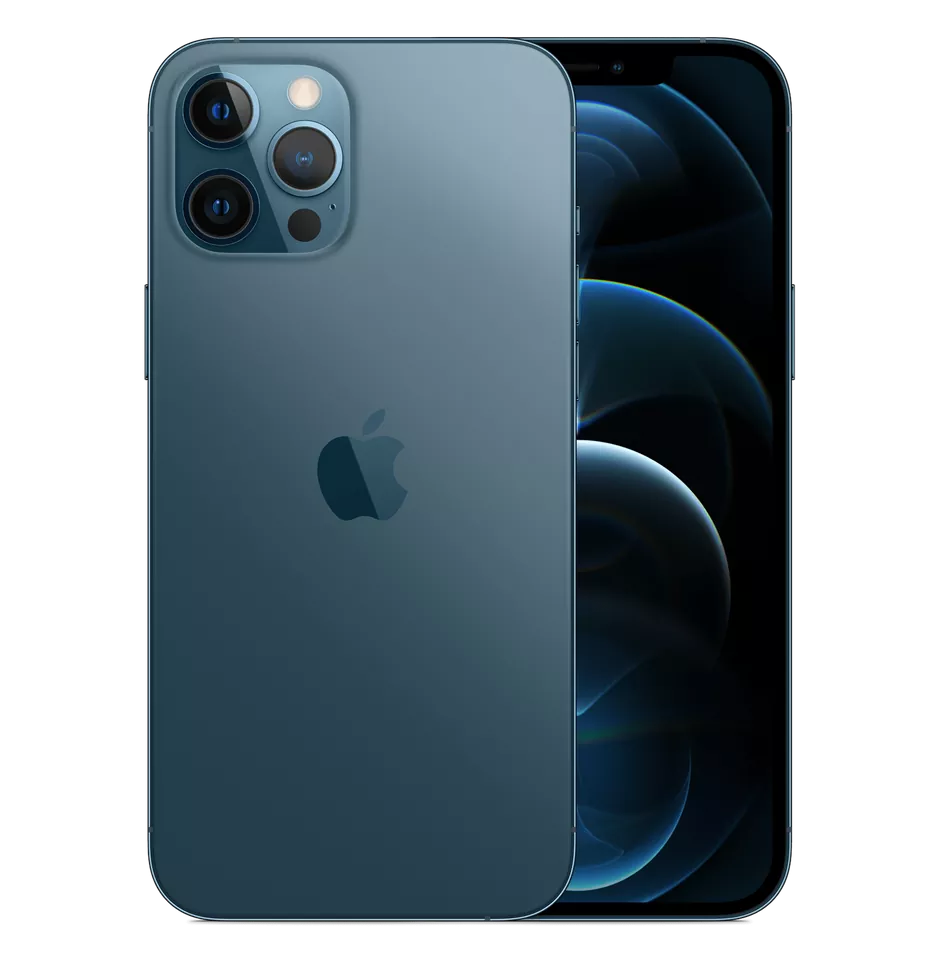
The 12 Pro and 12 Pro Max are offered in silver, gold, graphite and new blue color scheme with a stainless steel bezel. They start at $999 and $1,099, respectively, with 128GB of onboard storage (256GB and 512GB variants add $100 on each step), wireless charging, and IP68 water and dust resistance. New in this year’s iteration is support with new MagSafe accessories and the “Ceramic Shield” coating on the front glass that’s said to increase drop resistance.
Apple’s latest iPhones also get a camera upgrade, both have three 12-megapixel rear-facing cameras and an additional LiDAR sensor for depth mapping. These include an ultra-wide shooter with f/2.4 aperture and 120-degree field of view, a wide-angle lens with f/1.6 aperture and a telephoto with f/2.0 aperture (on the Pro) and f/2.2 aperture on the Pro Max. The Pro Max also boasts sensor-shift optical image stabilization that can reportedly enable handheld shots with shutter times as long as two seconds. The front-facing TrueDepth camera is a 12-megapixel sensor with f/2.2 aperture.
While Samsung may offer a few advantages on the spec sheet (particularly on the display), you’ll often find the iPhone 12 Pro grabbing the award for best smartphone camera, thanks to its image processing tech. The lack of USB Type-C and expandable storage still irks some people, and a $999 starting price is steep, but this is the flagship iPhone 12 Pro and those who can afford it and like Apple’s ecosystem can easily justify the expense as it’s a great overall device.
Best for Most People
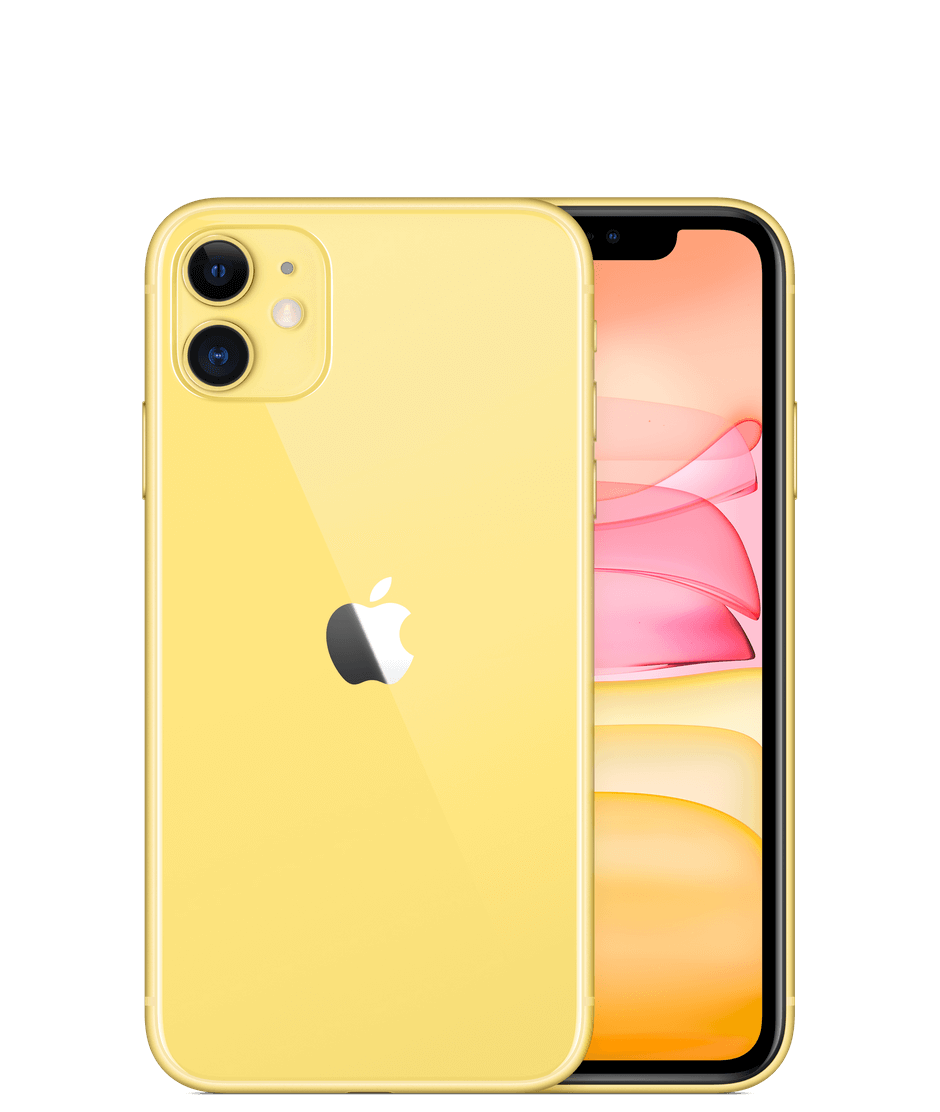
Apple’s iPhone 11 will remain available alongside the new iPhone 12, however it’s received a price reduction to $599, which makes it in our opinion the best mainstream smartphone for most people.
The iPhone 11 features the powerful A13 SoC and packs them into an attractive handset. While the 6.1-inch LCD’s 1,792 x 828 resolution is on its way out, this was Apple’s best selling display on the iPhone XR and then on the iPhone 11. Ask any owner, and you’ll rarely hear a complaint about the display’s overall quality.
Battery life is another reason to opt for the iPhone 11—which can be charged wirelessly— as it offers an impressive 17 hours of video playback. You will, however, find the usual iPhone drawbacks: no expandable storage, USB Type-C, or headphone jack. Combine all this with the excellent build quality and access to Apple’s walled garden ecosystem, and you’ve got the perfect iOS device for those not willing to spend $1,000.
The iPhone 11’s camera are not flagship, but still pretty great for most people’s needs. You get a 12MP ultra wide and wide cameras, with 2x optical zoom and 5x digital, which take advantage of Apple’s advanced image processing to create some great snaps. You can also capture 4K video at 60fps, and Face ID for authentication and payments. If you’re not too concerned about camera performance, you may also check out the 2-year old iPhone XR which is the iPhone 11’s predecessor and is still being sold new for $499.
A Worthy Alternative
Samsung Galaxy S20 ‘Fan Edition’
The Samsung Galaxy S20 FE gets you a 120Hz display, 5G, and top performance with the Snapdragon 865 at an affordable price. If you don’t need the latest flagship, this is as close as it gets.
We’ve also found the phone on sale at $549 (from the regular $700), making it a killer alternative.
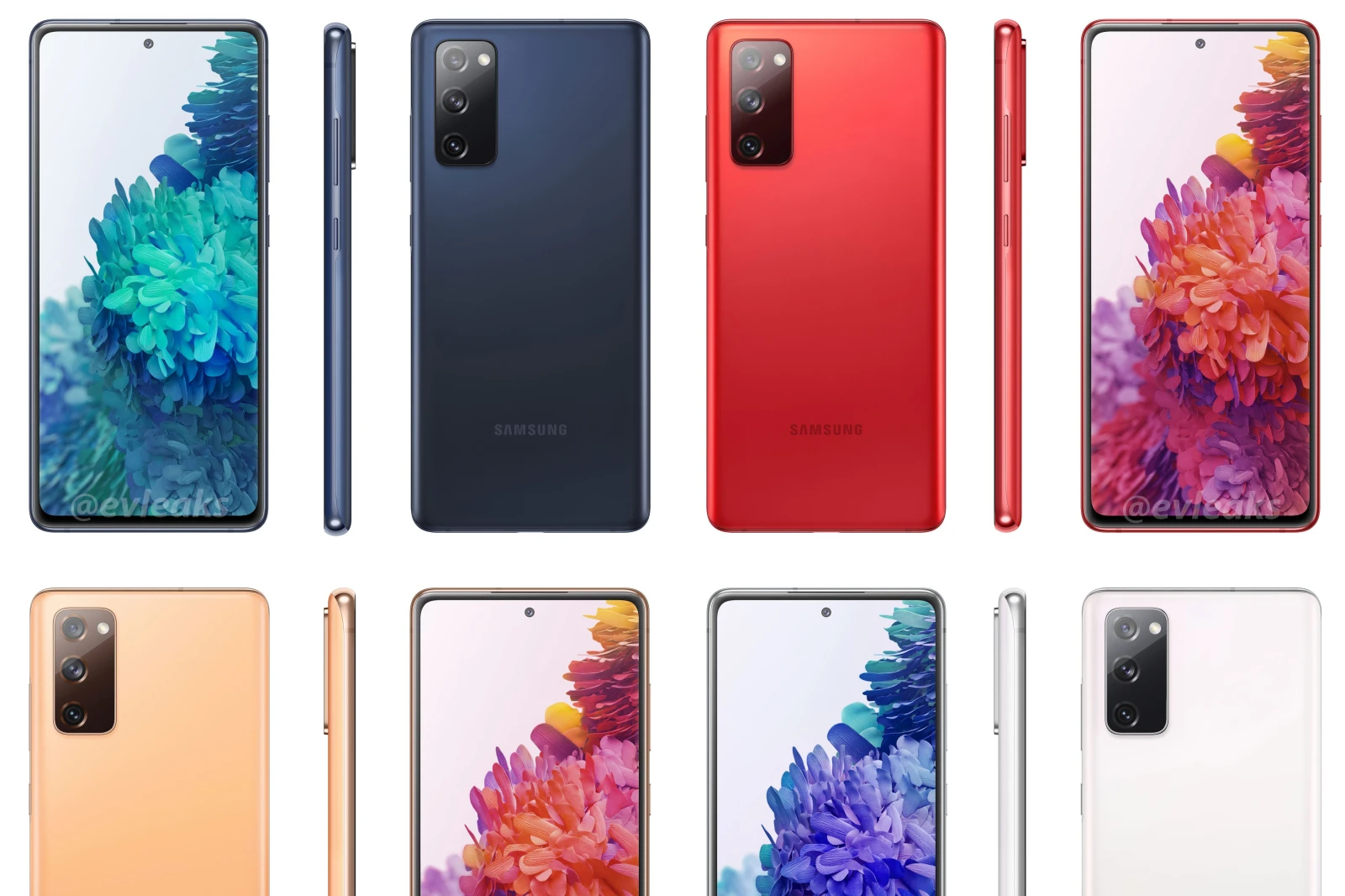
If you just read why we like the iPhone 11 as the top handset for most people, the same principles apply to Samsung’s Galaxy Fan Edition as it handpicks some of the best features found on its more expensive siblings. But while the iPhone 11 favors build quality and camera performance, the Galaxy S20 FE gets a high quality display (6.5-inch OLED 120Hz) and great battery life.
What do you sacrifice on the FE compared to the regular S20? The back is plastic instead of glass, the selfie camera is not as good and you get a slower charger in the box. Honestly, that’s not much for what is potentially a S20-class device for a substantial discount.
The Best Budget
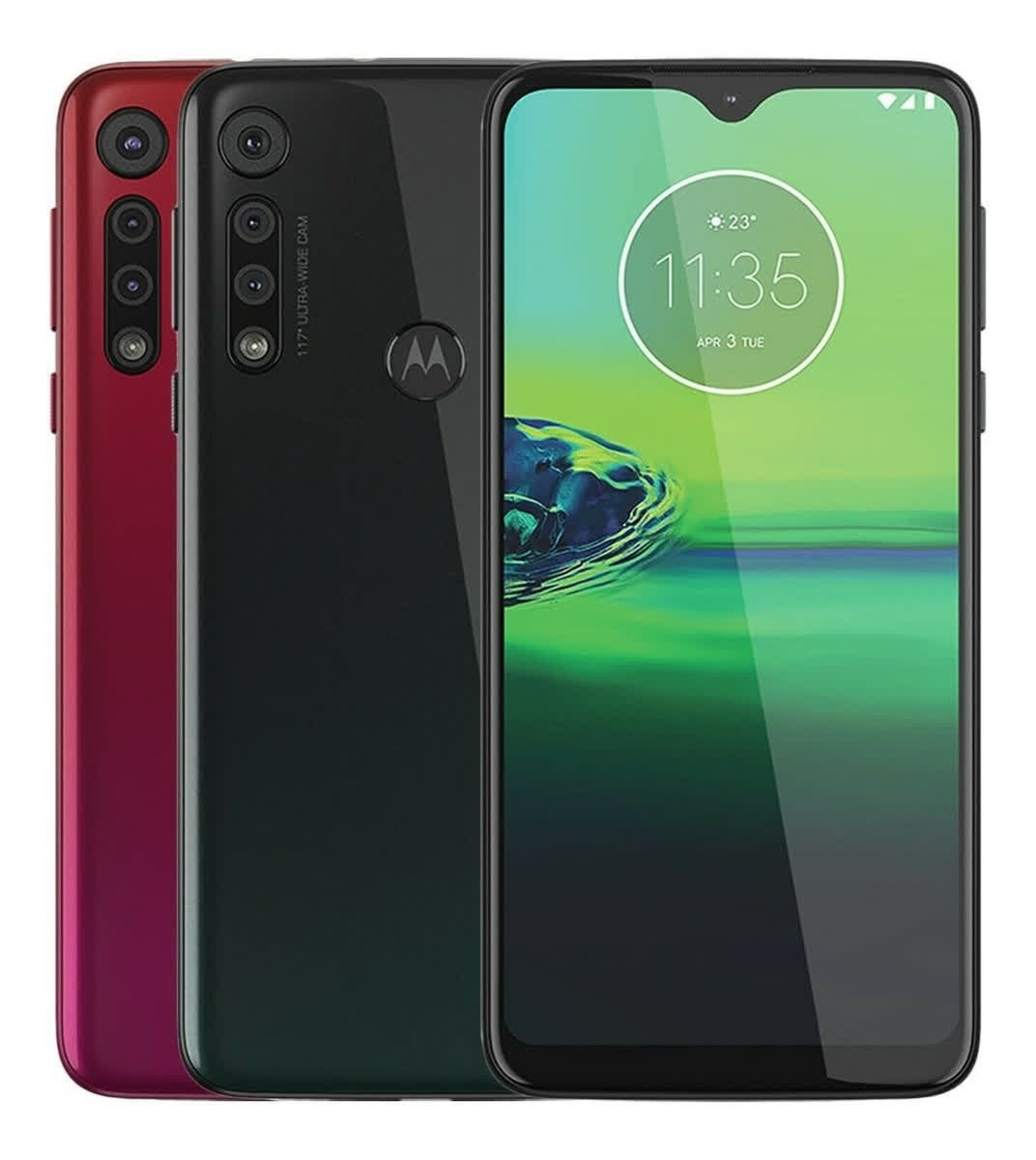
The simple truth is that you won’t find any ‘great’ smartphones for $100 or less. There are however several serviceable options available for less than $200. Many of these come from reputable companies with a long history of serving the budget market and we’ve often recommended Motorola handsets if you need an inexpensive solution.
The Moto G8 Play will set you back just $120. For that price you get USB Type-C, a fingerprint scanner, face unlock, microSD support, a 3.5mm headphone jack, and a near-stock version of Android. The 6.2-inch IPS LCD display has a basic 720p resolution and a teardrop notch. While it’s not going to win any awards, it’s quite nice at this price point. The G8 Play also comes with a triple camera setup (13MP main, 8MP ultrawide, 2MP depth), but there are better snappers on budget phones.
A step up from this model, the newer 6.4-inch Moto G Power was considered one of the best budget phones at $250, now imagine how well it looks discounted to $180. This makes it a more compelling option to choose over the G8 Play or any other phone from the competition.
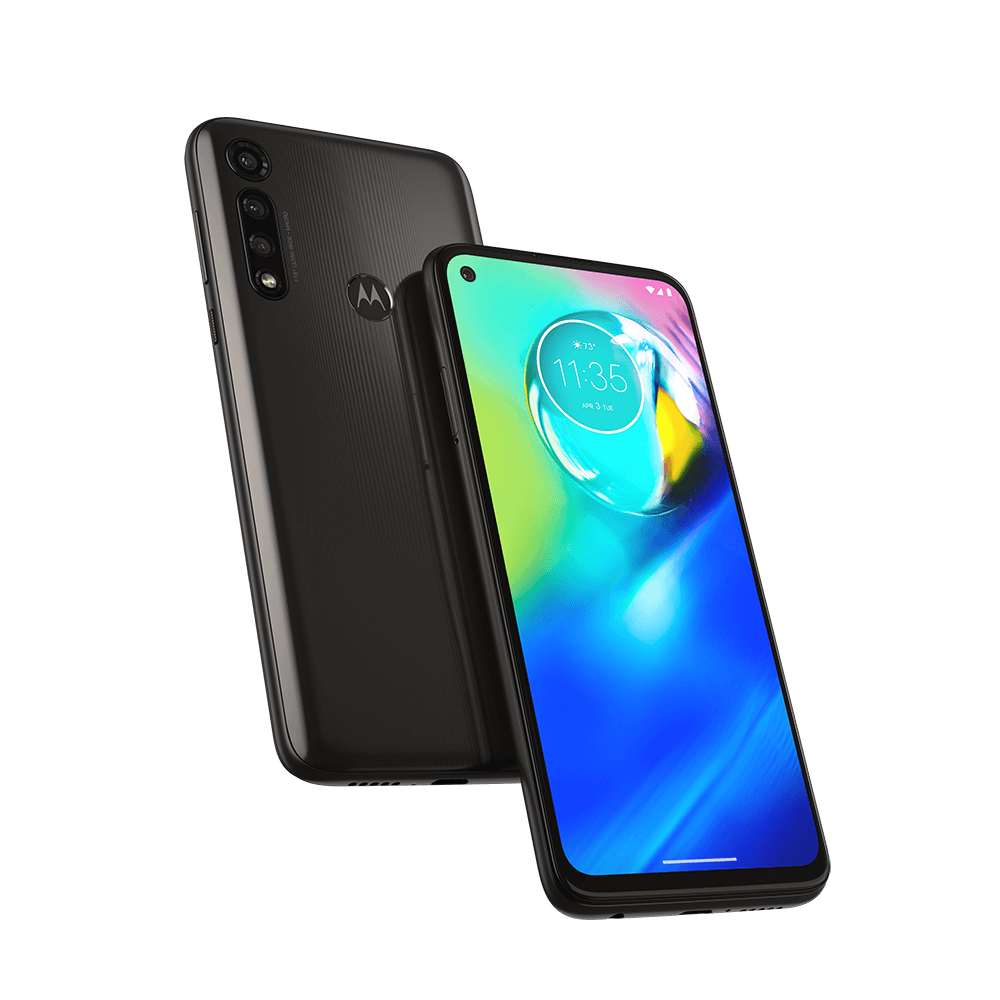
The Moto G Power packs a massive 5,000mAh battery which delivers excellent endurance, powered by a Qualcomm Snapdragon 665 octa-core SoC, 4GB RAM, and a serviceable triple rear camera array. They say you get what you pay for, but at $180, the Moto G Power offers more: a solid low-cost device with excellent battery life.
Masthead credit: Martin Sanchez
Source link






